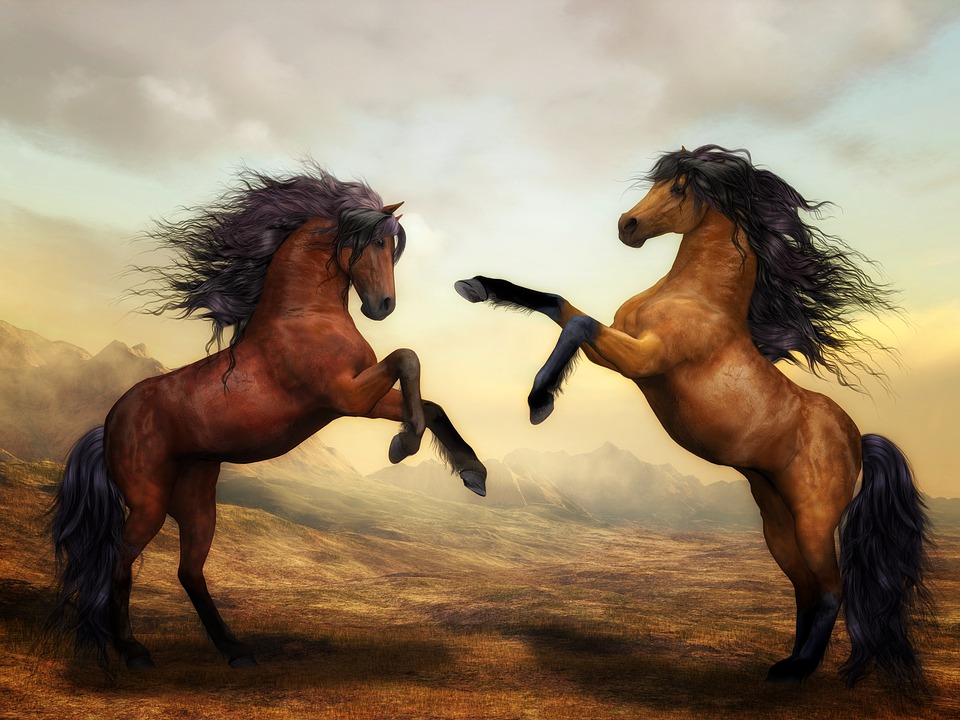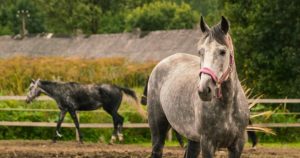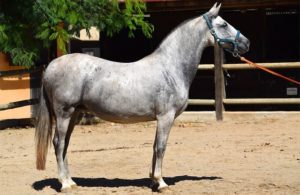
The thought of having a foal with qualities that either match or exceed that of the mother is incredible. Therefore, most horse owners prefer having the mares in foal. It is crucial that you have a basic level of information on horse breeding before you arrive at any breeding decision. It is essential that you understand what takes place during the breeding, foaling and development phases. For instance, one can successfully keep the lusitano horse breed or any other if they have knowledge about them. Professional assistance will equip the breeder with insights on mating and foaling studs.
Which stallion and mare should one choose?
 A successful breeding must fulfill several obligations. Only when all essential considerations are fulfilled, will the breeding be successful. Check if your mare is experiencing any serious conformations. In many cases, the defects are passed down to the offspring. In worst case scenarios, the defects might complicate pregnancy. The bloodlines of the mare are very important as well-bred foals fetch higher prices when sold.
A successful breeding must fulfill several obligations. Only when all essential considerations are fulfilled, will the breeding be successful. Check if your mare is experiencing any serious conformations. In many cases, the defects are passed down to the offspring. In worst case scenarios, the defects might complicate pregnancy. The bloodlines of the mare are very important as well-bred foals fetch higher prices when sold.
In addition, they quickly attract a buyer. Vets conform that most foals inherit the temperaments of their parents – this means any mare with negative dispositions should be avoided. Secondly, consider what use the foal will serve when they get older. If you intend to have your horse perform in shows, then ensure that this is the traits of the parents.
Have your vet carry out a pre-stud check to ascertain whether your mare has been bred previously. The stud must have undergone tetanus and flu vaccination. This must be certified and helps in ensuring they do not carry any infectious diseases such as Equine Viral Arteritis, Equine Herpes, or Contagious Equine Metritis.
Next, choose a suitable stallion. There are hundreds of stud varieties one can choose from. Details are clearly explained on the Internet. When picking a stallion, go for a selection that compliments your mare. Go further into performance records and size.
The cost involved
Breeding is expensive. You will first incur a hefty stud fee, which is accompanied by stud livery and vet bills. Sending your mare to foal at the stud will also cost you some money. None of this costs cover any pregnancy-related complications, including those that arise a few days after birth.
At stud
The best advice to approach this phase is by hiring experts to aid. They know just what to do in case any problems arise. First, the horse undergoes vet inspection after which teasing is done. The mare is then covered either naturally or by artificial insemination. The female horse will then be scanned 16 days later for signs of pregnancy. Availability of chilled or frozen semen gives horse owners flexibility in options.

Nutrition
When the mare becomes pregnant, avoid feeding them foods that are rich in nutrients. Broodmares should not receive extra feeds, three months into the pregnancy. If the mare gets too fat, they will be at risk of laminitis. Alternatively, do not cut back too much on feeds fearing overweight. Otherwise, your mare will experience a mineral and vitamin deficiency.…
